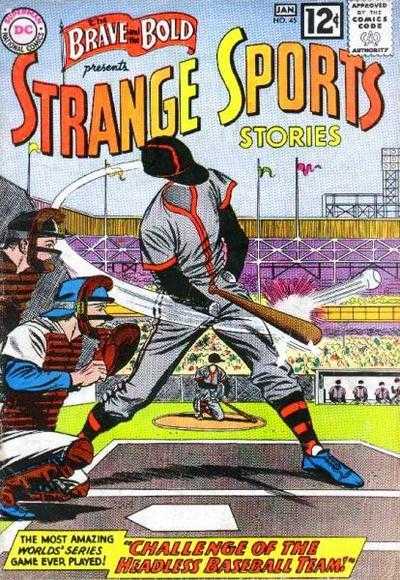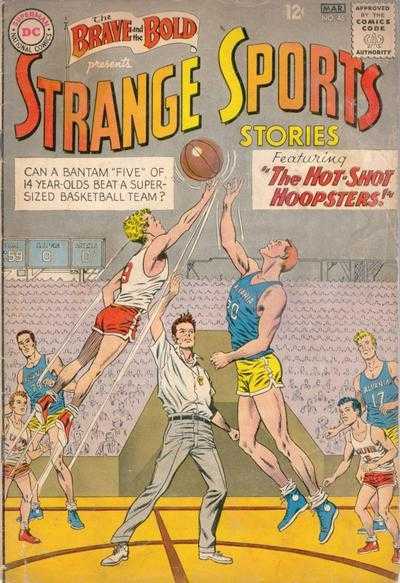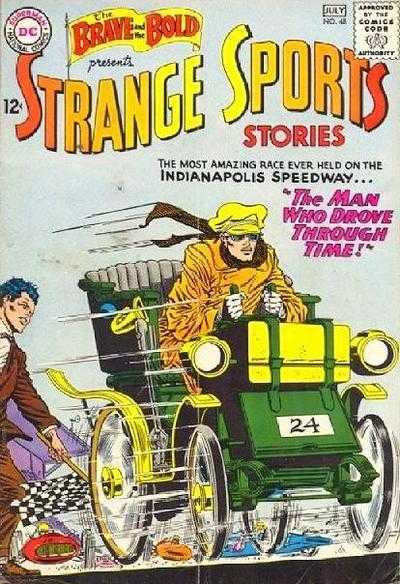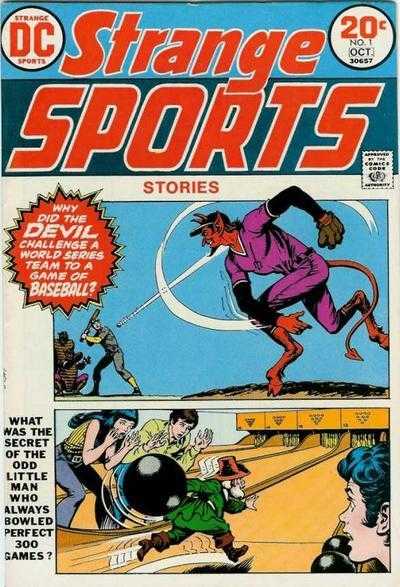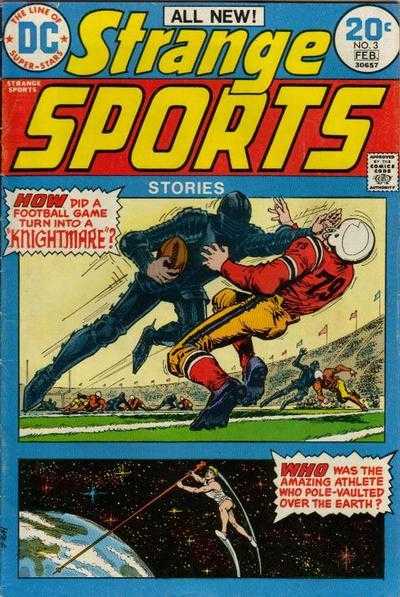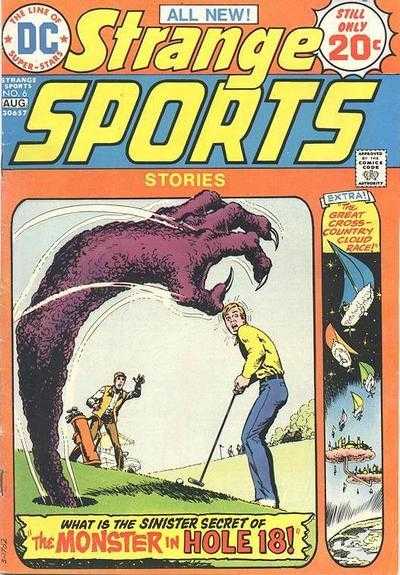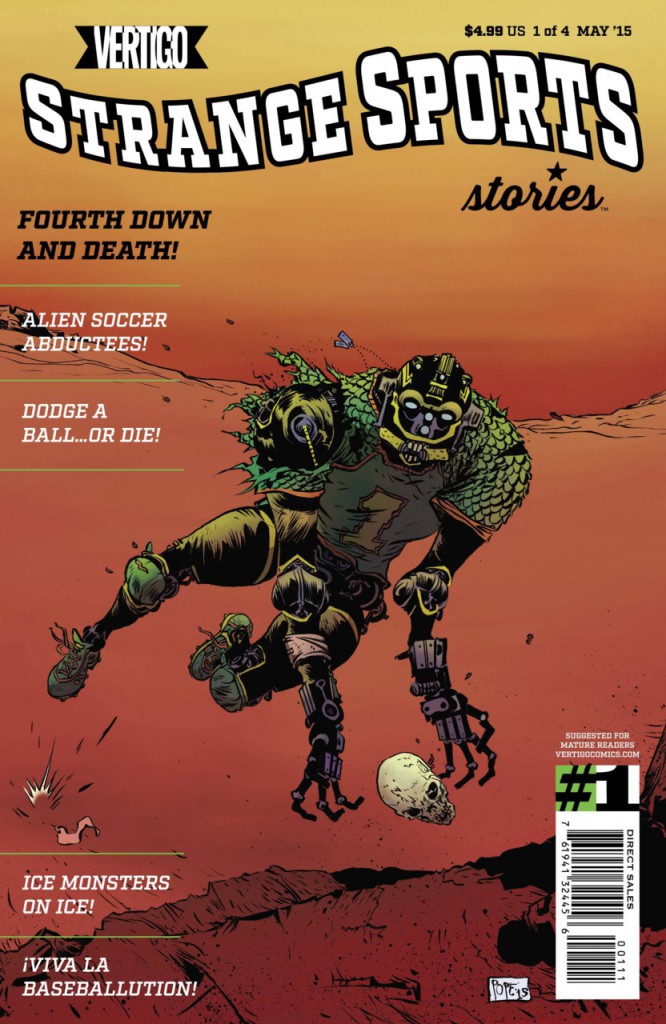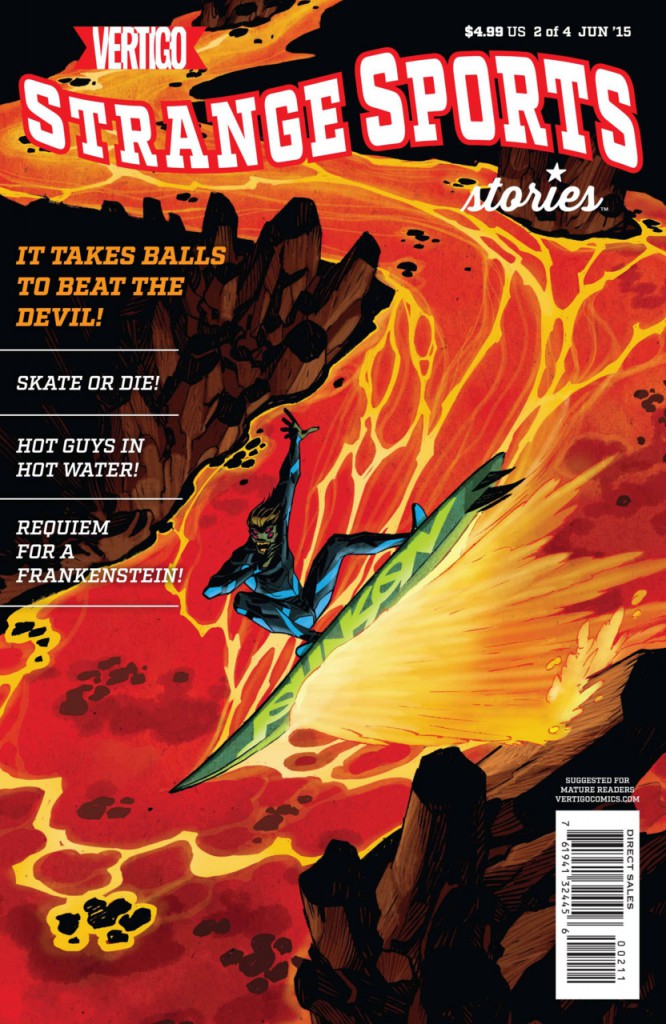Financially, the Seattle SuperSonics are not one of the NBA’s high performing teams. According to the SuperSonics, they’ve been losing on the order of $15 million a year for the last several years. So in 2006, the team was sold for to a group led by Oklahoma businessman Clay Bennett for $350 million.
Like many teams, the Sonics play in an arena — KeyArena — that was rennovated in the mid-1990s largely with taxpayer funding. Like most professional sports teams, at the time the Sonics publicized the economic wonders that publicly funding a building for a private team would have on the economy.
With the mounting losses, however, the Sonics tried to negotiate even more subsidies and preferential treatment from the city. Those efforts were killed in 2006 when Seattle voters approved Initiative 91, which effectively rendered it impossible for the city to use taxpayer funds to aid private sports teams.
The Sonics response was to start the process required by the NBA to relocate the team. The only problem is the Sonics hae a lease that requires them to pay to use KeyArena through 2010.
In an effort to speed up mediation efforts, the Sonics filed a lawsuit that included briefs stating that the Sonics have almost no economic impact on Seattle and their relocation would have little effect on the city,
The financial issue is simple, and the city’s analysts agree, there will be no net economic loss if the Sonics leave Seattle. Entertainment dollars not spent on the Sonics will be spent on Seattle’s many other sports and entertainment options. Seattleites will not reduce their entertainment budget simply because the Sonics leave.
And there, in a nutshell, is the argument against public funding of sports stadiums in general — it imposes a huge cost on taxpayers while having little or not net effect on the economy. It is, in fact, simply a direct transfer of funds from the pockets of taxpayers to the pockets of greedy corporate owners.
Source:
Sonics: City wouldn’t miss us. Jim Brunner, Seattle Times, January 18, 2008.
